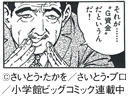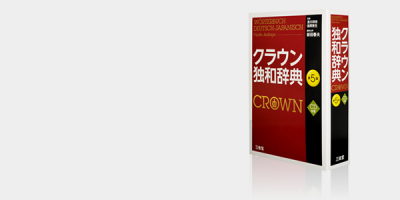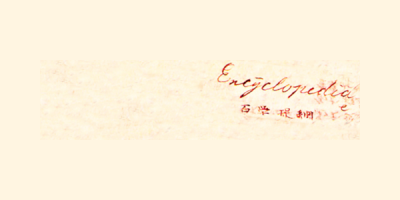Among what I call “nonverbal behaviors” are actions which should, strictly speaking, be called “postures” rather than behaviors. From the perspective of their connection with character however, there is no difference between the two. That is, characters have postures that do and do not suit them.
For example, lean forward with both elbows on your desk. Keeping your elbows on the table, lift both hands, palms cupped together as if praying, in front of your mouth. From this position, separate your palms slightly so that your right and left hands form a bow, with only the fingertips touching. With fingertips still touching, put the tips of your thumbs together to form a letter “A” in front of your mouth. Among Japanese people, this posture is assumed when communicating—when speaking to other people, or listening to what they’re saying. I have privately named this posture the “A-Posture.”

In volume 108 of Takao Saito’s(1) Golgo 13 (LEED Publishing CO., Ltd., Shogakukan Inc. pp. 178–179), Yamagishi, who is the director of a business, assumes the A-Posture once, possibly twice, during a backroom meeting with his friend Todo.
The first time, he is explaining the situation surrounding several nations’ heated rush to claim the coastal waters of the Spratly Islands to Todo. Todo correctly guesses that the reason is oil, to which Yamagishi replies “That’s right. The Indochina peninsula alone is said to contain enough oil fields to satisfy world demand for the next 50 to 100 years. We can’t even guess how much oil is in the Spratly Island region!” Here we can see Yamagishi demonstrating a perfect A-Posture.

Later, there is a panel alluding to Golgo 13 in which Yamagishi says of a certain fund: “That’s the G-Fund!” His hands, which until then had been busily stroking his chin or making shoulder-width gestures, once again return to form an “A,” its apex a few centimeters in front of his mouth. The picture is extremely unusual, in that shows him just a split second before his hands fall into the A-Posture. Since Yamagishi’s hands are not actually shown in the A-Posture, we can’t know whether or not he actually assumes this position. This is why I said “possibly twice” above.
Tara-chan, from Sazaesan(2) and the mother in Tensai Bakabon(3) never assume this posture while speaking. The A-Posture is a posture used by “adults,” and moreover by “middle-aged men” of high authority. I don’t know why. I don’t know, because, although the A-Posture is not an uncommon posture in our daily lives, we don’t really know what it means. Even if we ask the “middle-aged men” who use this posture, they would probably tell us that they don’t know either. They are not assuming this posture in order to express or communicate anything in particular. They just “naturally” fall into this posture.
That is, the A-Posture is specific to the “middle-aged man” character, but it is not ordinarily connected with the intention to express or communicate; it is just the natural “bearing” of the “middle-aged man.” This is quite alright, as character, unlike style, does not assume the existence of a motivation (see, parts 2, 3, and 4 of this series).
On another note, students of the Japanese language should note that the A-Posture is completely different from the gesture “young girls” make when surprised—clasping both hands under the chin, while exclaiming “Maa!” (Wow!).
What’s that? You say that Shigeru Ishiba(4) is performing that very gesture in the “Best of Doppelgangers” special in the March 26 issue of Shukan Bunshun (50th Anniversary Edition)? Hmm…
* * *








(1) 1936– Creator of the manga Golgo 13, which follows the adventures of the titular hit-man.
(2) See footnotes in part 24 of this series.
(3) One of the manga created by artist Fujio Akatsuka. For more on his works, see part 1 of this series.
(4) 1957– Japanese politician.